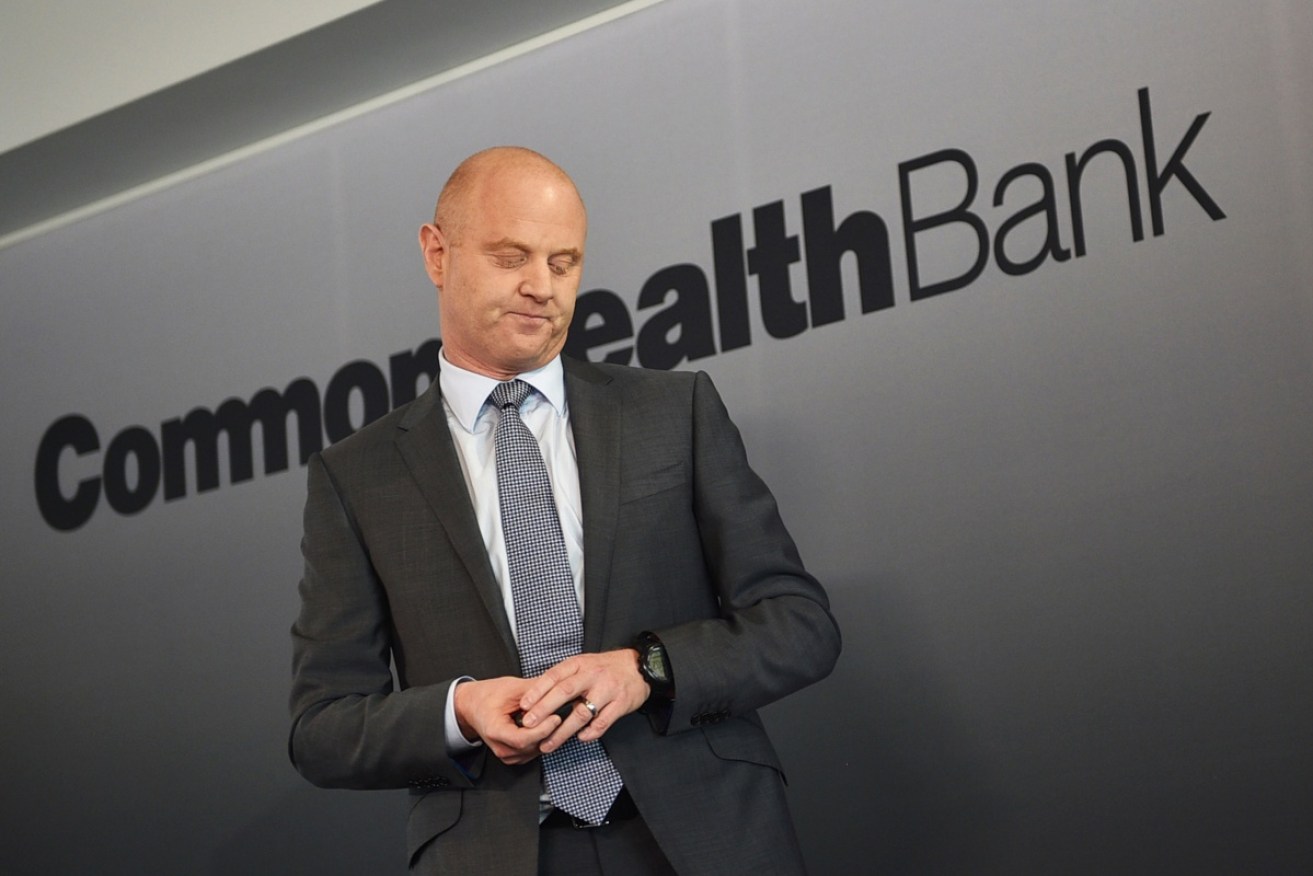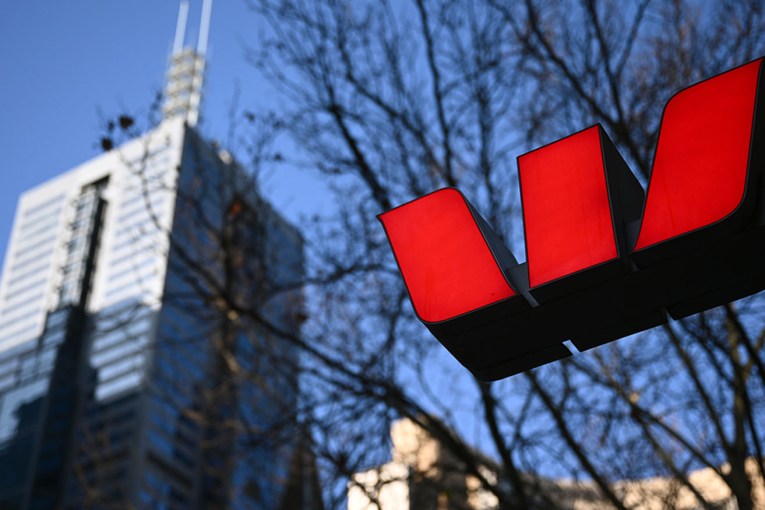‘What are we paying bank CEOs for?’

Shareholders are angry with CBA boss Ian Narev's pay packet. Photo: Getty
Bank CEOs are under attack from experts and politicians for reaping million-dollar pay cheques despite ongoing scandals.
The Australian Shareholders’ Association (ASA) led the way this week by warning that bank boss pay is less and less linked to company performance and customer satisfaction.
It singled out Commonwealth Bank CEO Ian Narev, who earned $12.3 million in the last financial year, for special criticism. He earned $8 million the year before.
The ASA noted that 25 per cent of Mr Narev’s long-term bonus has been decoupled from shareholder returns (a harder target given the economic climate) and linked instead to the “easier” target of diversity, inclusion, sustainability and culture.
“These people are paid a salary, a very large salary, to run a company. Part of running a company is making sure you have diversity of people, that you have a culture, that you’re planning for the future. You don’t have to get a bonus for doing your job,” ASA director Allan Goldin told The New Daily.
The ASA is currently reviewing the take-home pay of the CEOs of the top 200 companies on the Australian stock exchange because it suspects a disturbing trend.
Remuneration is a hot topic in Australia’s simmering bank scandal. Even RBA governor Philip Lowe sounded the alarm last week on the need for reform, saying recent misconduct was linked to bad incentives.
The focus so far has been on the onerous sales targets imposed on lower-level employees. But the Shareholders’ Association said CEO pay must not be overlooked. “Cultural problems start at the top, they don’t start at the bottom,” Mr Goldin said.
Labor’s Matt Thistlethwaite, deputy chair of the Standing Committee on Economics, pledged to raise the issue when Mr Narev and the other big bank bosses front his committee in early October.
“The culture set at the branch and regional level flows down from the senior executives and we hope to highlight that next week,” Mr Thistlethwaite told The New Daily.
The Australian Bankers’ Association has also commissioned a review of banker remuneration. Acting CEO Diane Tate told The New Daily the review will “assist banks [to] develop overarching principles on how they pay staff across the whole bank, not just retail banking, to ensure remuneration supports good customer outcomes”.
Not just a bank problem
The Productivity Commission examined the issue of executive pay in 2008, with the result that pay moderated. But there are concerns it is growing again, with no measurable benefits to company performance, shareholders or the economy.

All values are in US dollars.
David Richardson, senior research fellow at independent think tank The Australia Institute, said the issue needs to be re-examined across all sectors.
“There is a big debate over whether this is the market working, or the actions of rent seekers who are attracted by the honey pots of the massive corporate rents and the concentration of Australian industries,” Mr Richardson told The New Daily.
“When you look at the top 20 companies in Australia, where the big salaries are earned, there are very few of them that you could describe as competitive.”
A 2003 study led by an Australian academic, Professor John Shields, funded by the Labour Council of NSW, revealed that executive and CEO pay diverged sharply from average weekly earnings in Australia from 1984 onwards.
The study concluded that to get ideal performance outcomes, companies should pay their executives between 17 and 24 times the average wage. Beyond that, company performance worsened.
This accords with the rule devised by famous US management theorist Peter Drucker, who was of the firm view that CEO pay should not exceed 20-to-1 because higher ratios impede teamwork, trust and morale.
Australian CEOs are paid 93 times average worker wages, according to a study published in the Harvard Business Review in 2014.
The issue is particularly relevant to the banking sector, it would seem. In a follow-up study in 2005, Prof Shields found that “the rise and rise of bank CEO pay is both performance insensitive and perverse”.
The ‘corrupt’ cause
Dr Andy Schmulow, a finance sector regulation expert at the University of Western Australia, said CEO pay is constantly rising because the method used to calculate it is “corrupt”.

Obama signed the Dodd-Frank Act into law in 2010. Photo: Getty
At most companies, a remuneration committee appointed by the board of directors sets CEO pay, relying on the advice of independent remuneration consultants.
“Consultants know that if they don’t recommend the highest possible pay increases without causing a shareholder revolt, they will not get hired in future or by other companies,” Dr Schmulow said.
“The people on the remuneration committee sit on the board, so after much ‘careful deliberation’, invariably choose to accept the consultants’ advice, which, by the way, then also results in them getting a raise too.”
After the fallout of the global financial crisis, triggered in part by excessive risk taking by US banks, the US Congress passed the Dodd-Frank Act. One reform was the requirement for companies to report their CEO-to-median-worker-pay ratios. The UK has a similar rule. Australia does not.








